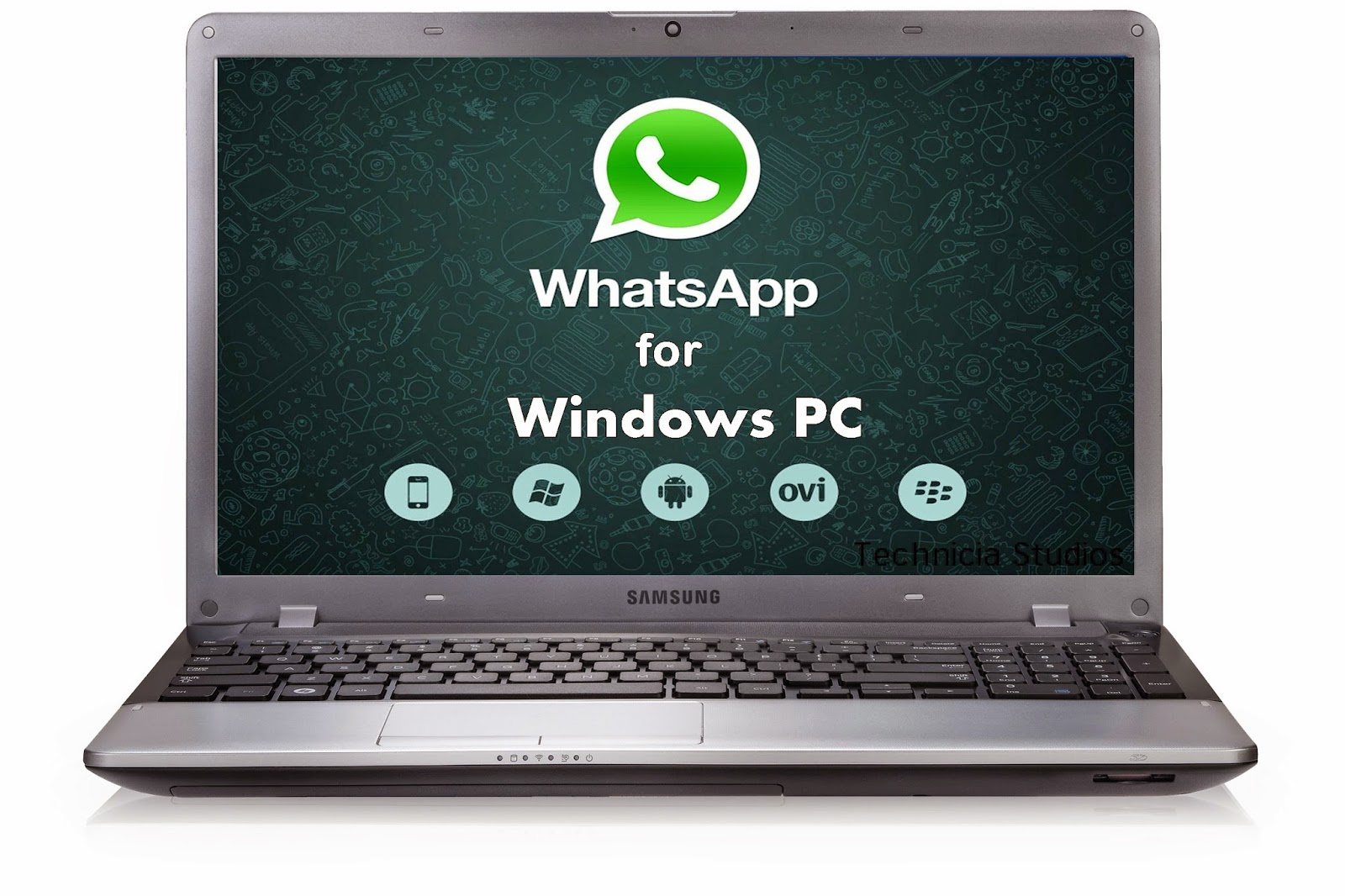

Our only issue is the power connector: It sticks a couple inches straight out of the right side of the laptop, which can be a pain if you’re working in cramped spaces (a frequent problem on the road). And unlike recent MacBooks and many other thin laptops, the card slot actually accepts the whole card, so it won’t stick precariously out of the side of the laptop when it’s inserted. And on the left, there’s a VGA port, another USB 3.0 port (with sleep-charge abilities), a full-size HDMI port, and a full-size SD card slot. Here you’ll get a lock slot, power jack, Ethernet, two USB 3.0 ports, and a headset jack on the right edge. Ports are, of course, important in a business machine. Still, the laptop is certainly more rigid than Sony’s premium VAIO Pro 13. But the lid, without any glass over the laptop’s screen (there’s no touch here), flexes easily, which isn’t something we appreciate in a system that costs (in our test configuration) $1,429. Our only complaint about the exterior is that the lid has more flex than we’d like to see from a business notebook. The Z40’s exterior seems to repel fingerprints like few other laptops we’ve seen lately. Combined with internal honeycomb reinforced structure, the laptop manages to stay quite light for a 14-inch business machine. That’s fine by us, as the Z40’s exterior seems to repel fingerprints like few other laptops we’ve seen lately. Its magnesium alloy “Tough Body” shell isn’t as smooth as aluminum. But when you touch it, you’ll notice a difference.


The Tecra Z40 looks, at first glance, like several other aluminum-clad laptops on the market. Is it a better business option than those other laptops or, for that matter, the recent MacBook Pro? To find that out, you’ll have to follow us as we wind our way through the Tecra’s finer (and lesser) points. The 14-inch Tecra Z40-A (model Z40-A1402) we’re looking at here also gets great battery life with a high-end Core i7 processor, while remaining surprisingly light at 3.24 pounds.

Toshiba’s Tecra laptops aren’t as well-known in US offices as, say, HP’s Elitebooks, Dell’s Latitudes, or Lenovo’s ThinkPads, but they do offer similar features as those other notebooks. Screen is low-res, considering price, otherwise isn’t great Lid has more flex than we’d like from a business laptop Competing machines have better input devices


 0 kommentar(er)
0 kommentar(er)
